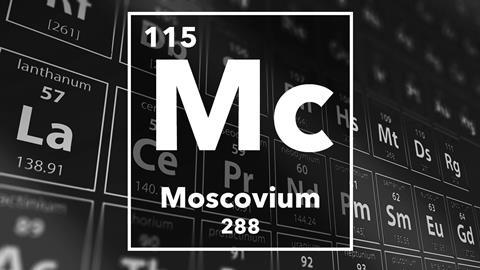Moscovium
Moscovium, element number 115 on the periodic table, isn't your average element. Forget finding it in nature – this heavyweight is purely man-made, first created in 2003 by a joint Russian-American team. Due to its extreme radioactivity, atoms of Moscovium only last a fraction of a second before breaking down. Despite its fleeting existence, scientists are eager to learn more about its properties.
Predicted to be a metal with properties similar to its lighter cousin, Bismuth, Moscovium holds the title of heaviest member in the nitrogen group. While research is still ongoing, it's expected to exhibit similar chemical behaviors like its group mates, showcasing a +5 oxidation state. However, due to its limited lifespan, studying its chemistry in detail remains a significant challenge.
With its limited availability and short-lived nature, Moscovium currently resides solely in the realm of scientific research. However, this unique element continues to intrigue scientists, offering valuable insights into the behavior of matter at the very edge of the periodic table. Who knows what future discoveries and applications await as we delve deeper into the mysteries of Moscovium?
